If you’re new to gardening or looking for a hardy, beautiful plant with health benefits, look no further than the aloe vera plant. Known for its fleshy, spiked leaves filled with soothing gel, aloe vera is one of the easiest plants to grow — making it perfect for beginners. Plus, it doubles as a natural home remedy for burns, skin irritation, and even air purification.
In this detailed guide, we’ll walk you through everything you need to know about how to plant aloe vera — from choosing the right pot to ensuring your plant thrives indoors or outdoors. Let’s dig in!
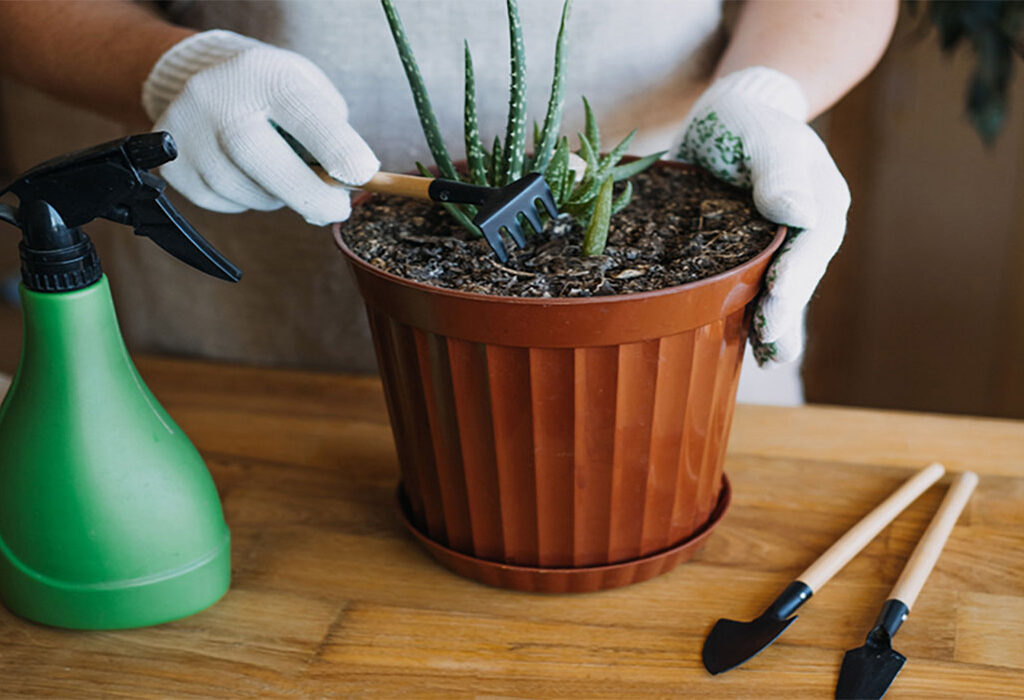
Why Choose Aloe Vera?
Before we get into planting, let’s appreciate why aloe vera is such a fantastic choice for beginner gardeners:
- Low Maintenance: Aloe vera is drought-tolerant and requires minimal care.
- Air-Purifying: It improves indoor air quality by removing toxins like formaldehyde and benzene.
- Healing Properties: Its gel soothes sunburn, minor cuts, insect bites, and skin irritation.
- Decorative Appeal: With its spiky, modern aesthetic, it’s a favorite in minimalist and desert-style home décor.
If you’re looking for a plant that’s forgiving, easy to manage, and doubles as a natural remedy — aloe vera is it.
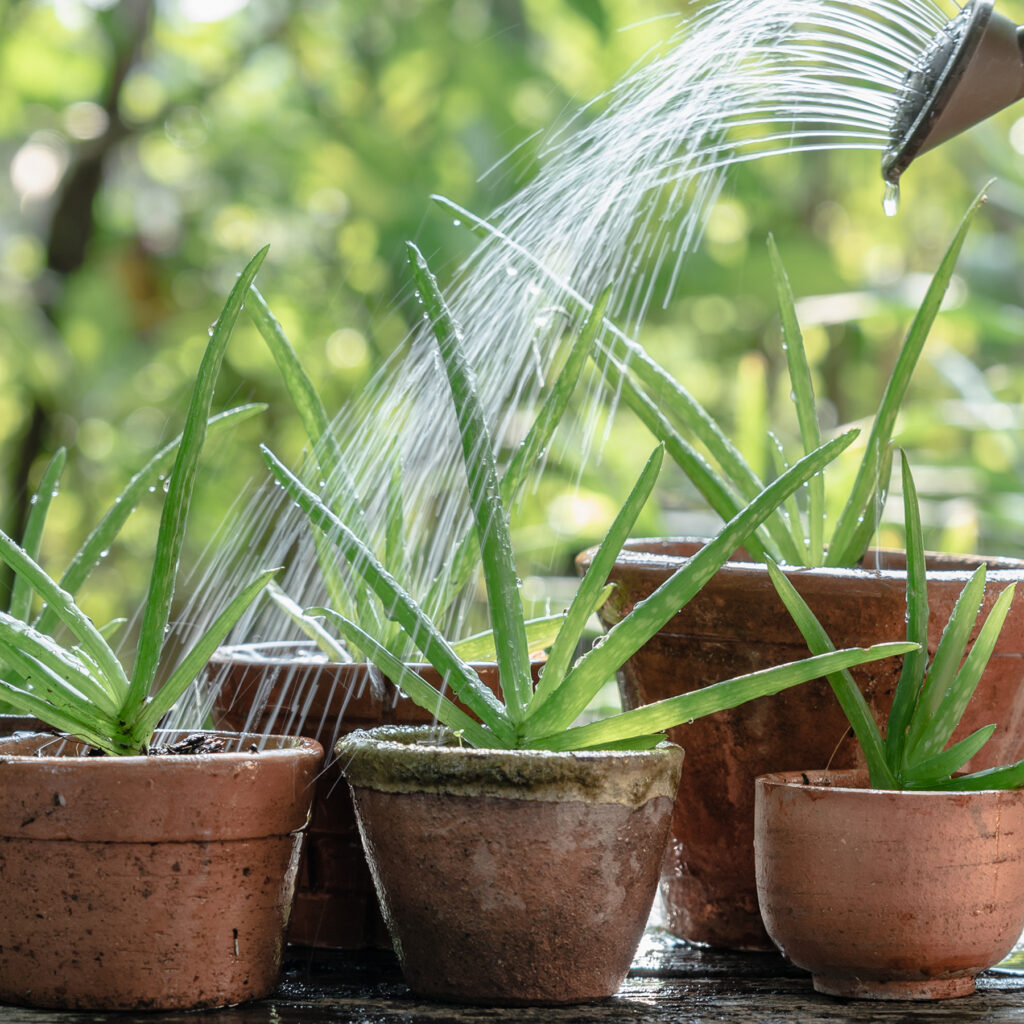
What You’ll Need to Plant Aloe Vera
Before you get started, gather these essentials:
Aloe Vera Plant or Pups: You can buy a small plant from a nursery or propagate baby offshoots (called pups) from a mature aloe.
Pot with Drainage Holes: Terracotta or ceramic pots work well because they allow soil to dry out quickly.
Well-Draining Potting Mix: Use a cactus or succulent mix, or make your own with equal parts potting soil, sand, and perlite.
Gloves (optional): Aloe vera leaves have sharp edges and can irritate sensitive skin.
Step-by-Step Guide to Planting Aloe Vera
1. Choose the Right Pot
Aloe vera doesn’t like “wet feet.” Standing water can cause root rot, so your pot must have drainage holes. Terracotta pots are ideal because they’re breathable and help prevent overwatering.
Tip: Pick a pot slightly larger than the root ball to allow space for growth, but avoid going too big.
2. Prepare the Potting Mix
Aloe vera thrives in loose, sandy, well-draining soil. You can:
- Buy pre-mixed cactus or succulent soil
- Or mix your own:
- 1 part potting soil
- 1 part coarse sand
- 1 part perlite or pumice
This combination ensures excellent drainage and mimics the plant’s natural desert environment.
3. Plant the Aloe Vera
Whether you’re planting a nursery-bought plant or a pup (baby aloe):
- Gently remove the aloe from its current container
- Brush off excess soil from the roots
- Trim any black or rotten roots with clean scissors
- Fill your new pot one-third with soil
- Position the aloe so the base of the leaves sits above the soil line
- Fill in around the roots with more soil, pressing down lightly
Avoid burying the leaves as this can cause rot.
4. Let It Settle Before Watering
Unlike other plants, aloe vera prefers to rest a bit after planting. Wait 2-3 days before watering to allow any damaged roots to heal and prevent rot.
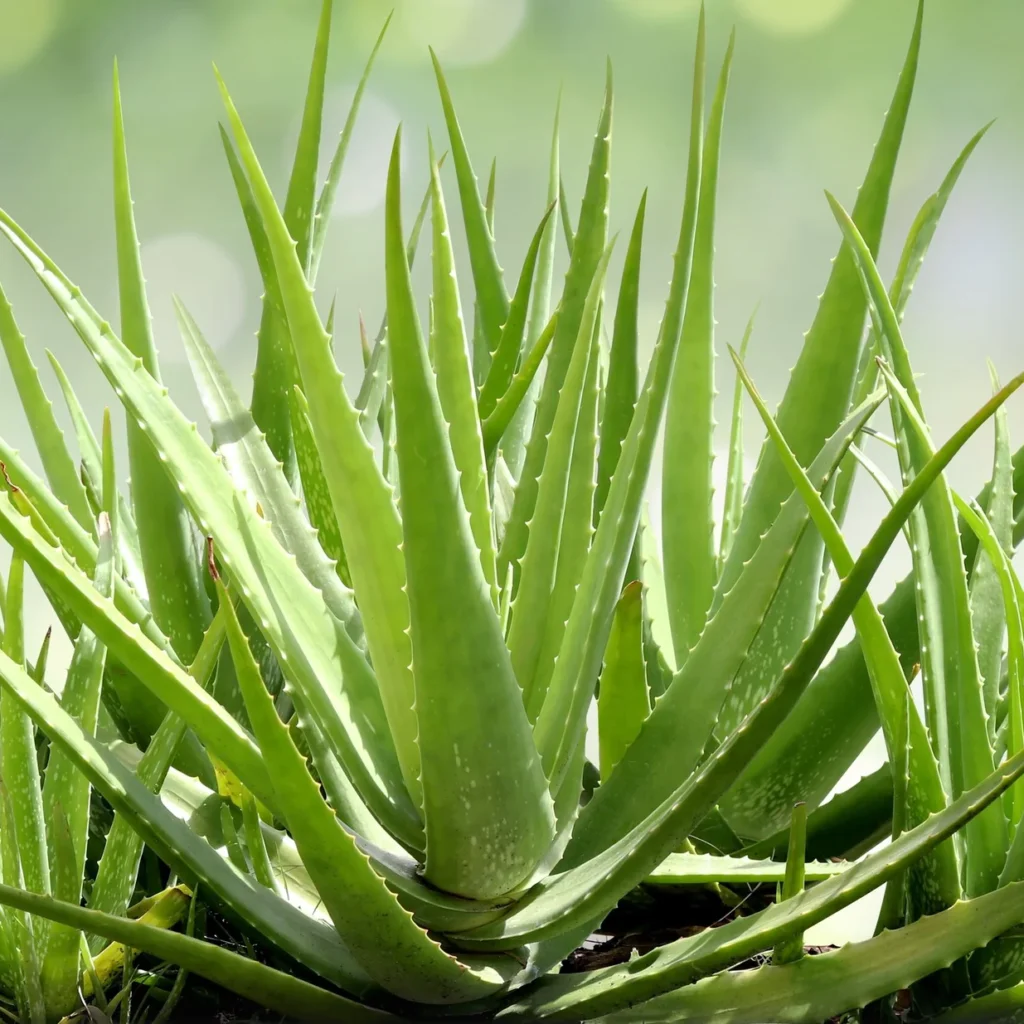
How to Care for Aloe Vera After Planting
Once your aloe is planted, here’s how to keep it happy and thriving:
Lighting Needs
- Indoors: Place in a bright, sunny spot near a south- or west-facing window.
- Outdoors: Choose a spot with partial shade to avoid leaf scorch in intense midday sun.
Aloe vera loves 6-8 hours of indirect sunlight daily.
Watering Tips
Aloe vera is a drought-tolerant plant that needs infrequent but deep watering.
- Water when the top 2 inches of soil are dry
- Water thoroughly until it runs out of the drainage holes
- Discard any water collected in the saucer to avoid root rot
- Reduce watering in winter to about once a month
Signs of Overwatering: Yellow, mushy leaves
Signs of Underwatering: Thin, curling, or brown leaf tips
Temperature & Humidity
- Ideal Temperature: 55°F–80°F (13°C–27°C)
- Protect from frost: Aloe vera isn’t frost-hardy and should be brought indoors if temperatures drop below 40°F (4°C).
- Humidity: Prefers dry, arid environments and does not need misting.
Fertilizing
Aloe vera doesn’t require much feeding. Overfertilizing can harm its roots.
- Use a balanced, water-soluble fertilizer diluted to half-strength
- Feed once in spring and again in midsummer
- Avoid fertilizing in fall and winter
Pruning and Cleaning
Occasionally:
- Remove dead, dry, or damaged leaves
- Wipe leaves with a damp cloth to remove dust, improving sunlight absorption
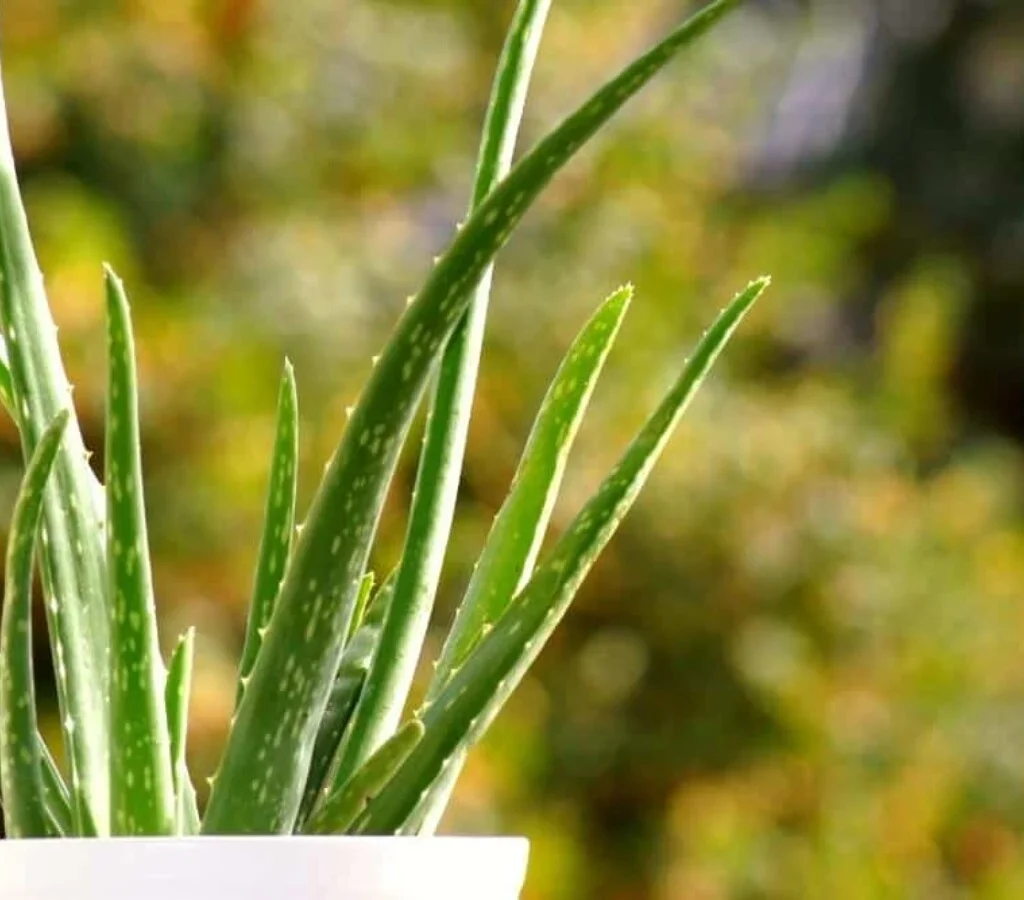
How to Propagate Aloe Vera
As your plant matures, it will produce pups — small offshoots that can grow into new plants.
Steps to Propagate:
- Gently remove the entire plant from its pot
- Separate pups from the mother plant, ensuring each has roots attached
- Let pups dry for a day to form a callous on the cut area
- Plant pups in individual pots using the same method as above
- Wait 2-3 days before watering
It’s a fun and cost-effective way to multiply your plant collection!
Common Problems and Solutions
Even though aloe vera is tough, beginners might encounter these issues:
- Root Rot: Caused by overwatering or poor drainage. Repot in dry, well-draining soil.
- Leaf Scorch: Brown or reddish spots from too much direct sun. Move to filtered sunlight.
- Mealybugs/Aphids: Wipe with a cotton swab dipped in rubbing alcohol or use neem oil spray.
Fun Uses for Aloe Vera
Once your plant grows, you can use its gel for:
- Soothing sunburn and insect bites
- Treating minor cuts and skin irritations
- Adding to homemade face masks
- Hydrating dry skin
Simply cut a mature, outer leaf, slice it open, and scoop out the clear gel.
Note: Avoid ingesting raw aloe without expert guidance, as some parts of the plant can be toxic if consumed improperly.
Final Thoughts
Aloe vera is one of the best plants for beginner gardeners — it’s forgiving, fuss-free, and multifunctional. By choosing the right pot, using well-draining soil, providing plenty of bright light, and watering sparingly, you’ll have a thriving aloe plant that not only beautifies your space but also provides soothing, natural remedies right at home.
Once you master the basics of planting and caring for aloe vera, you might even start propagating pups and filling your home with these versatile, hardy plants.




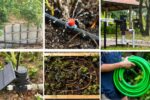
Leave A Comment